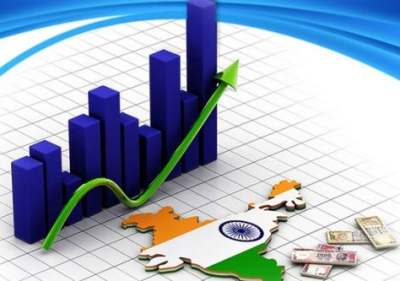International monetary fund and India
Being the founder member of the International Monetary Fund, India signed the IMF Agreement on December 27, 1945. Until 1970, India’s subscription quota was the fifth largest. Upto 1970, India held the position of a permanent executive director on the board. With the increased subscription quotas of Japan, Canada and Italy, India ceased to be the permanent executive director of the IMF.
Table of Contents
 Position of India in IMF Subscription quota:
Position of India in IMF Subscription quota:
The voting power of the member country is linked to its quota in the IMF. The quota in turn, depends upon factors such as GNP, foreign trade, etc. On November 11, 1992 India ranked 12th position. On the revision of quota in November 1992, India climbed down to 13th position in terms of subscription quota.
India’s borrowing from IMF:
India benefited very much from IMF. It has availed itself of various financial facilities from IMF. It has been prompt in its repayments toward loan obtained. India’s borrowing between 1947 and 1955 was the order of 200 million US dollars. Between 1957 and 1975, India’s borrowings from IMF were 1764 million US dollars. Between July I, 1978 and 21st February 1981, India borrowed from IMF Trust Fund in order to meet deficits in its balance of payments. The amount of SDR was 529.01 million dollars.
In 1979, India obtained a loan of 5.6 billion US dollars. In April 1984, it had drawn 3.9 billion us dollars. There has been instances of IMF imposing conditional clauses upon India. As a result, India was compelled to change its import, monetary and other policies in compliance with IMF guidelines. Indian economists criticized IMF for its interference in India’s domestic economic affairs.
In 1990-91, the Reserve Tranche Drawings were Rs. 1168 crore. In the same year, India drew SDR 3334 crore. Out of this, Rs. 1450 crore was the First credit Tranche and Rs. 1884 crore compensatory and contingency financing facility. In October 1991, India made a standby arrangement with IMF for a total loan of 1656 million. In 1991-92, two installments worth SDR 270 million were drawn as the Upper credit Tranche. In 1993-94, the net amount drawn by India from the IMF was 191 million dollars.
India’s payback to IMF:
With the improvement in balance of payments„ India decided to give up proposals of medium Extended fund Facility. After 1993-94, India’s borrowings from the IMF dwindled. On the other hand, India repaid to the IMF 1143 million dollars in 1994-95, 1817 million dollars in 1995-96, 975 million dollars in 1996-97 and 618 million dollars in 1997-98.
By virtue of India’s membership of the fund, it is also a member of the IBRD or the World Bank. India obtained long term assistance from the World Bank for various developmental projects. The concessional assistance received by it from the International Development Association (IDA) for decades is worth a special mention.
India received advisory help from the IMF:
Apart from monetary assistance, India received advisory help from the IMF under the fund surveillance conditionality. Indian officials consulted IMF specialists on India’s Balance of payments and exchange rate problems.
IMF Short-term training courses for Indian personnel:
The IMF conducted short term training courses for Indian personnel on monetary, fiscal, banking, exchange and BOP policies. These courses were conducted under the direct supervision of Central Banking Service Department and the IMF institute and fiscal affairs department. Thus, India obtained substantial benefits from IMF.


